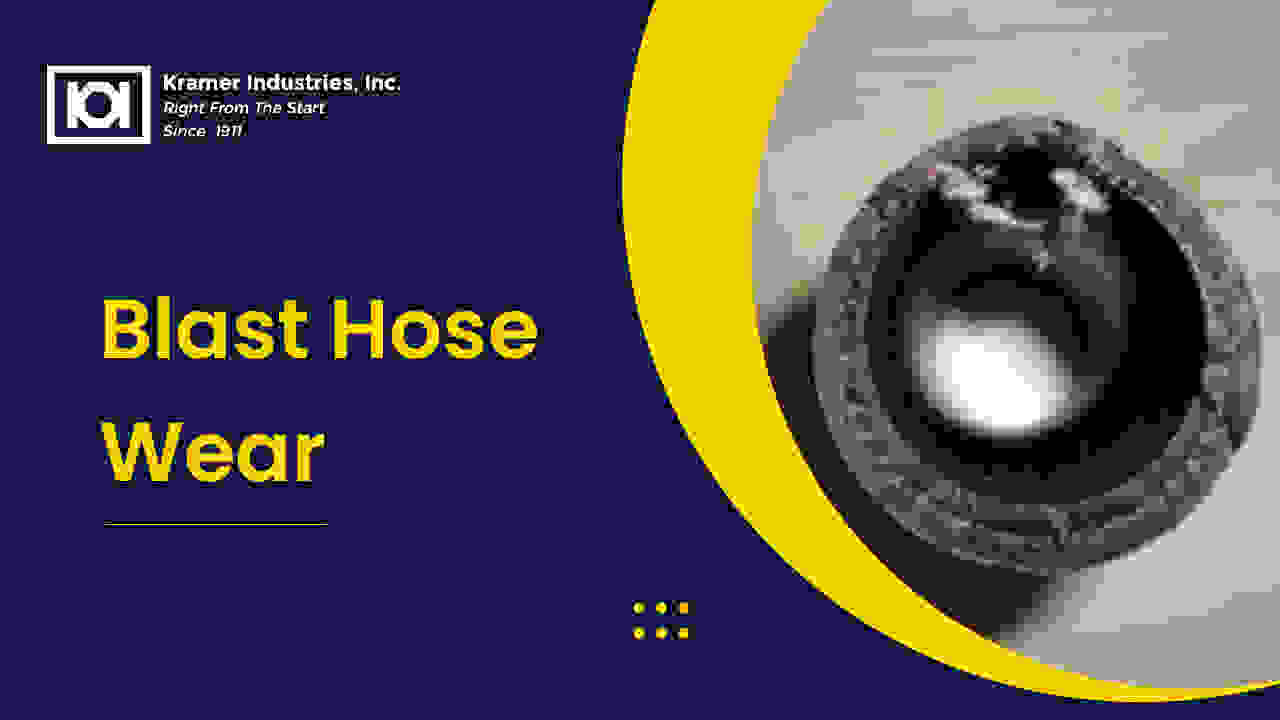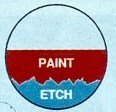Blast hoses endure abrasive media rushing through at high speeds. They have to handle constant friction and face exposure to challenging environments. Hence, blast hose wear is an inevitable reality. Improper management of a blast hose can work against you in three ways. It can jeopardize safety, efficiency, and overall productivity. Proper upkeep of your blast hose will guarantee peak performance much of the time and prevent any expensive interruptions. In this guide, we will analyze the elements that lead to blast hose wear and offer actionable advice for their effective maintenance.
Why Does Blast Hose Wear Occur?
Blast hoses experience quite significant wear and tear, and this is much the result of the abrasive blasting process itself. Two main factors influence how fast your blast hose will degrade:
Durability of the Hose
The perfect blast hose is like a warrior, engineered with precision and made of materials tough enough to face abrasive onslaughts. These hoses commonly include:
Thick Walls: A thickness of at least ¼″ is necessary. However, ⅜″ or ½″ is preferable for enhanced durability.
Reinforcement Layers: Quality hoses feature reinforcement layers. These layers enhance strength and increase durability against blast hose wear.
Abrasion-Resistant Liners: The inside of the hose needs to endure the continuous passage of abrasive materials without deteriorating rapidly.
Usage During Blasting
The way a hose is utilized greatly influences its longevity. The abrasive material moving through the hose erodes it from within. If the hose is kept relatively straight, the blast hose wear is even and less damaging. However, bending or looping the hose causes uneven wear, weakens the internal structure, and can lead to bubbles or blow-outs.
Signs of Blast Hose Wear
It’s not always obvious when a blast hose has worn out. Hence, regular inspection is critical. Here’s what to look for:
External Damage: Cracks, splits, or soft areas along the hose’s length may signify wear or internal harm.
Uneven Interior Wear: A cross-sectional inspection of a used hose frequently shows irregular internal wear. You will find them particularly in sections where the hose is curved or coiled.
Loss of Rigidity: Damaged areas of the hose appear softer and more flexible when you compare them to the other parts of the hose.
Leaks: Any visible holes or bubbles are clear signs that the hose needs immediate attention.
How to Inspect Your Blast Hose
Inspecting your blast hose should be a routine part of your maintenance schedule. Follow these steps:
Visual Inspection
Examine the hose from the blast pot coupling to the nozzle coupling. Look for visible cracks, splits, or deformities on the exterior.
Physical Inspection
Squeeze the hose at regular intervals along its length. Softer sections can indicate internal damage or blast hose wear.
Internal Examination
If possible, check the interior of the hose for signs of uneven wear, particularly in areas prone to bending or loops.
Localized Damage
If damage is confined to a specific section, you can cut out the worn area and shorten the hose. However, if blast hose wear is extensive or affects the reinforcement layers, the hose should be replaced entirely.
Best Practices for Blast Hose Maintenance
Proper maintenance extends the life of your blast hose. Besides, it also ensures safe and efficient operations. Here are some best practices to follow:
Prevent Abrupt Bends
Avoid sharp bends or loops in the hose during operation. Gradual bends reduce stress on the interior lining and promote even blast hose wear.
Protect Against External Hazards
Keep the hose away from chemicals, sharp edges, and heavy machinery that might damage its exterior.
Use Support Systems
If the hose runs over structures, use safety cables or hose supports to reduce strain and weight on the hose.
Close the Metering Valve After Blasting
Once blasting is complete, close the metering valve and blow air through the hose to clear out any remaining abrasive media. Leftover media can accelerate blast hose wear and damage.
Store the Hose Properly
When not in use, store the hose in a dry, cool environment away from direct sunlight or chemicals. Coiled storage should avoid tight loops.
Avoid Temporary Repairs
Never patch a damaged hose with tape or other makeshift solutions. Temporary fixes can lead to catastrophic failure during operation, posing a serious safety risk.
The Consequences of Neglecting Maintenance
Ignoring blast hose maintenance can lead to several costly issues:
Safety Hazards: A flimsy, cracked, or worn-out hose is prone to blow-outs, creating a dangerous environment for operators.
Operational Delays: A damaged hose can disrupt blasting operations, causing downtime and missed deadlines.
Increased Costs: Frequent replacements and potential damage to equipment or surrounding areas increase overall costs.
The Value of High-Quality Hoses
It’s important to invest in quite a strong blast hose designed for abrasive blasting purposes. A properly designed hose would feature quite sturdy walls, supportive layers, and durable and abrasion-resistant linings. These characteristics ensure that the hose not only lasts much longer but also reduces the need for replacements.
Conclusion
Blast hoses play an important role in every type of abrasive blasting configuration. Although blast hose wear is rather inevitable, by providing proper care and maintenance, you can significantly extend much of the life of your hose. A durable hose will guarantee safe and effective functioning. Consistent inspections, following best practices, and utilizing top-quality hoses are crucial for preventing expensive repairs. They lessen operational downtime and minimize safety risks.
Don’t postpone until it’s too late—integrate blast hose maintenance into your regular operations to ensure your equipment functions well and keeps your team safe. Explore Kramer Industries today and gain the knowledge to choose the finest option for your blasting requirements!


